Ten things you didn’t know about child labour
Curated by Zia Ul Abrar
June 12 is recognized globally as the World Day Against Child Labour. By definition, child labour is “work that deprives children of their childhood, their potential and their dignity, and that is harmful to physical and mental development.”
Causes of child labour include poverty, barriers to education, cultural practices, market demand, and the inadequate/poor enforcement of legislation and policies to protect children. The effects of child labour deprive children of their right to education, expose them to violence and reinforce intergenerational cycles of poverty. It has to stop.
Read on to learn more about child labour – and how you can help protect children’s rights.
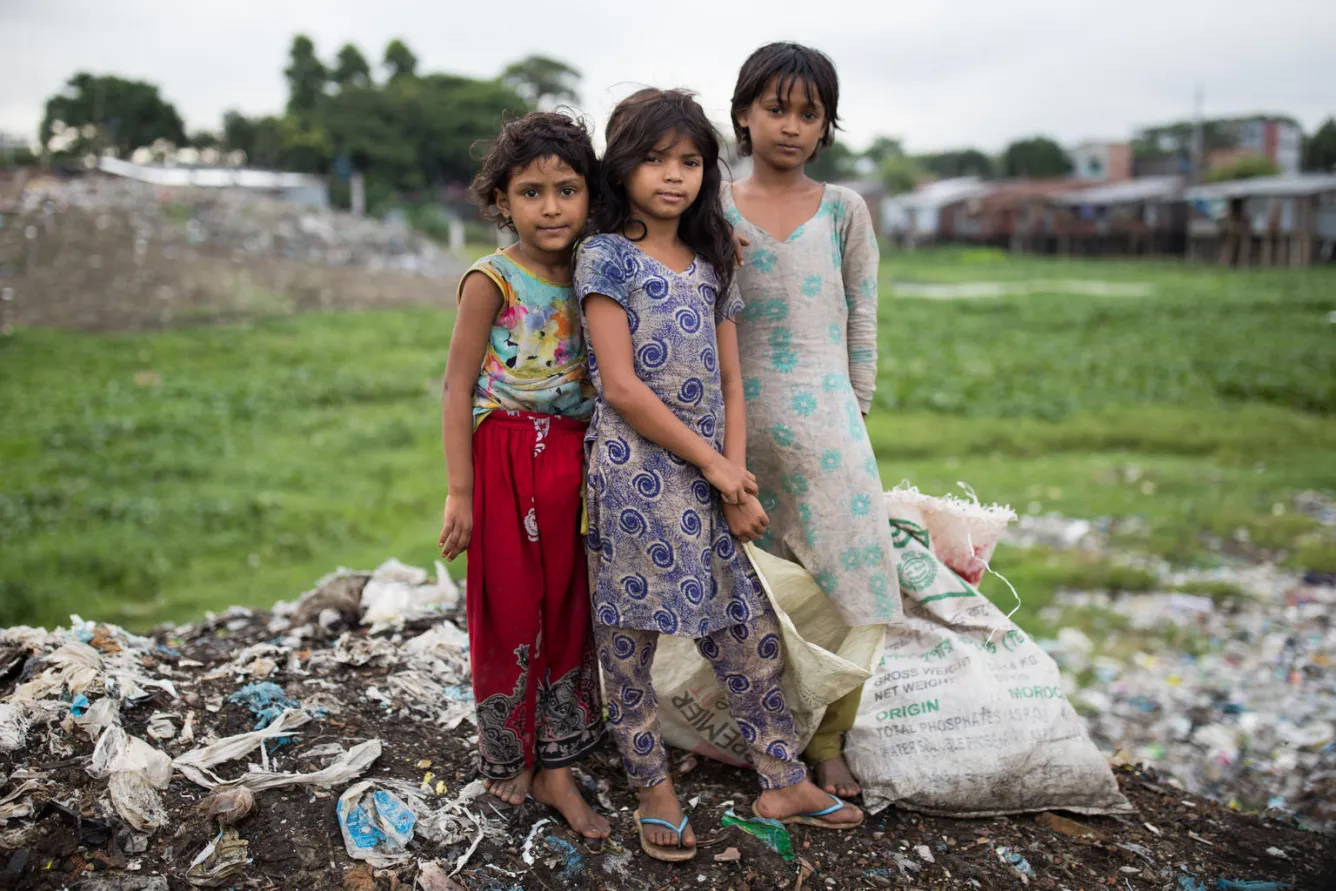
1. 160 million children are engaged in child labour
The International Labour Organization (ILO) estimates that worldwide approximately 160 million children, 63 million girls and 97 million boys are engaged in some form of employment – accounting for 1 in 10 children worldwide.
According to UNICEF’s estimate, in lower-income countries, almost one in five children are engaged in work that is potentially harmful to their health.
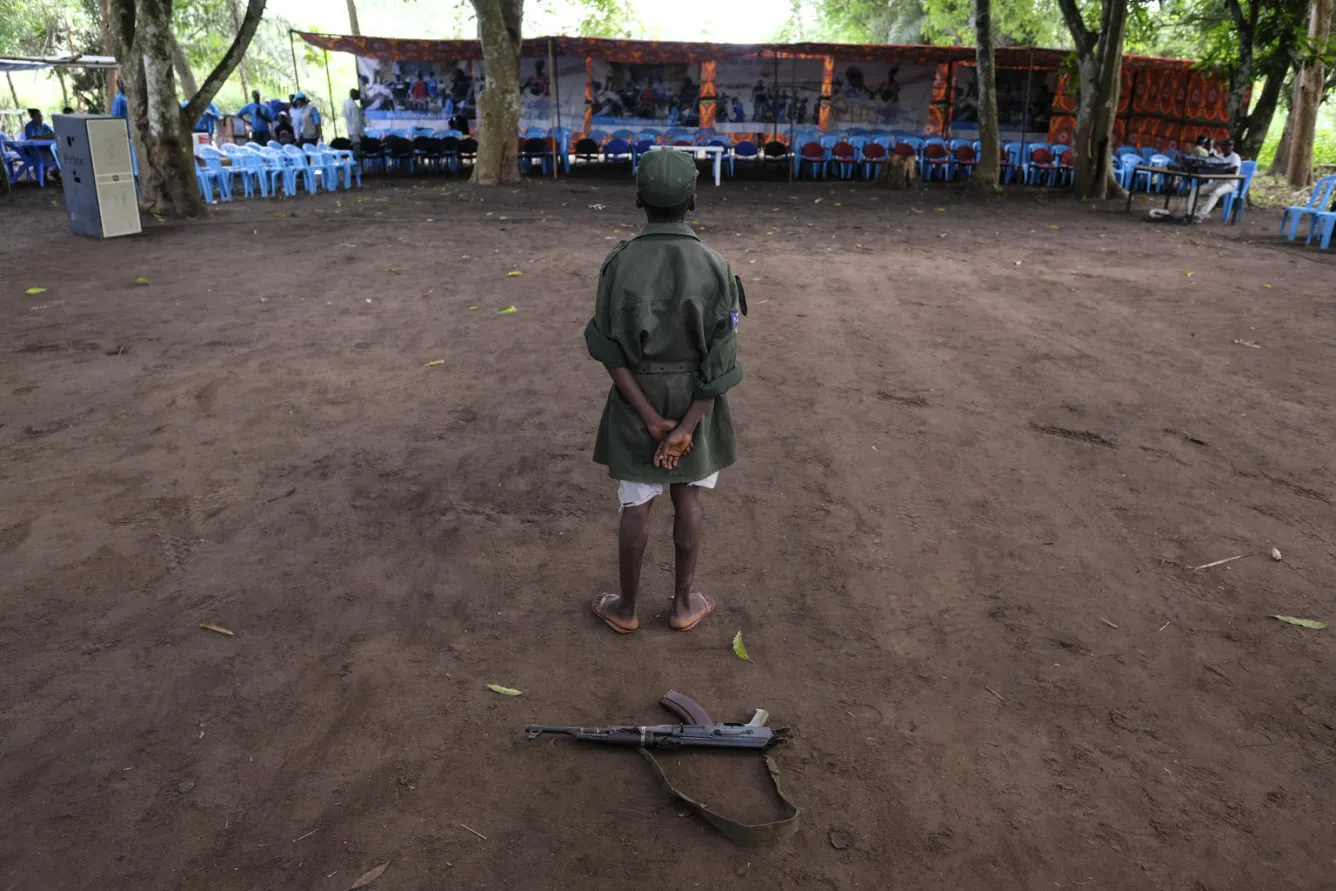
2. Slavery is still a threat to children
Slavery and bonded labour are some of the worst forms of child labour. The consequences are staggering. Child labour can cause severe physical and mental harm and even result in death. It often leads to slavery and sexual or economic exploitation. Almost invariably, it deprives children of education and healthcare, violating their fundamental rights.
3. Children caught in emergencies are exploited
Child labour exists on almost every continent. Almost half of all children in child labour (86.6 million children) are found in Sub-Saharan Africa; 48.7 million children are engaged in child labour in the Asia and the Pacific; 8.2 million children in Latin America and the Caribbean; 2.4 million children in the Arab States and 8.3 million children in Europe and Central Asia, according to the ILO.
Asia and the Pacific and Latin America and the Caribbean have seen steady progress in child labour since 2008; however, similar progress has eluded sub-Saharan Africa which has seen an increase from 22.4% to 23.9% in the percentage of children aged 5 to 17 years in child labour by region.
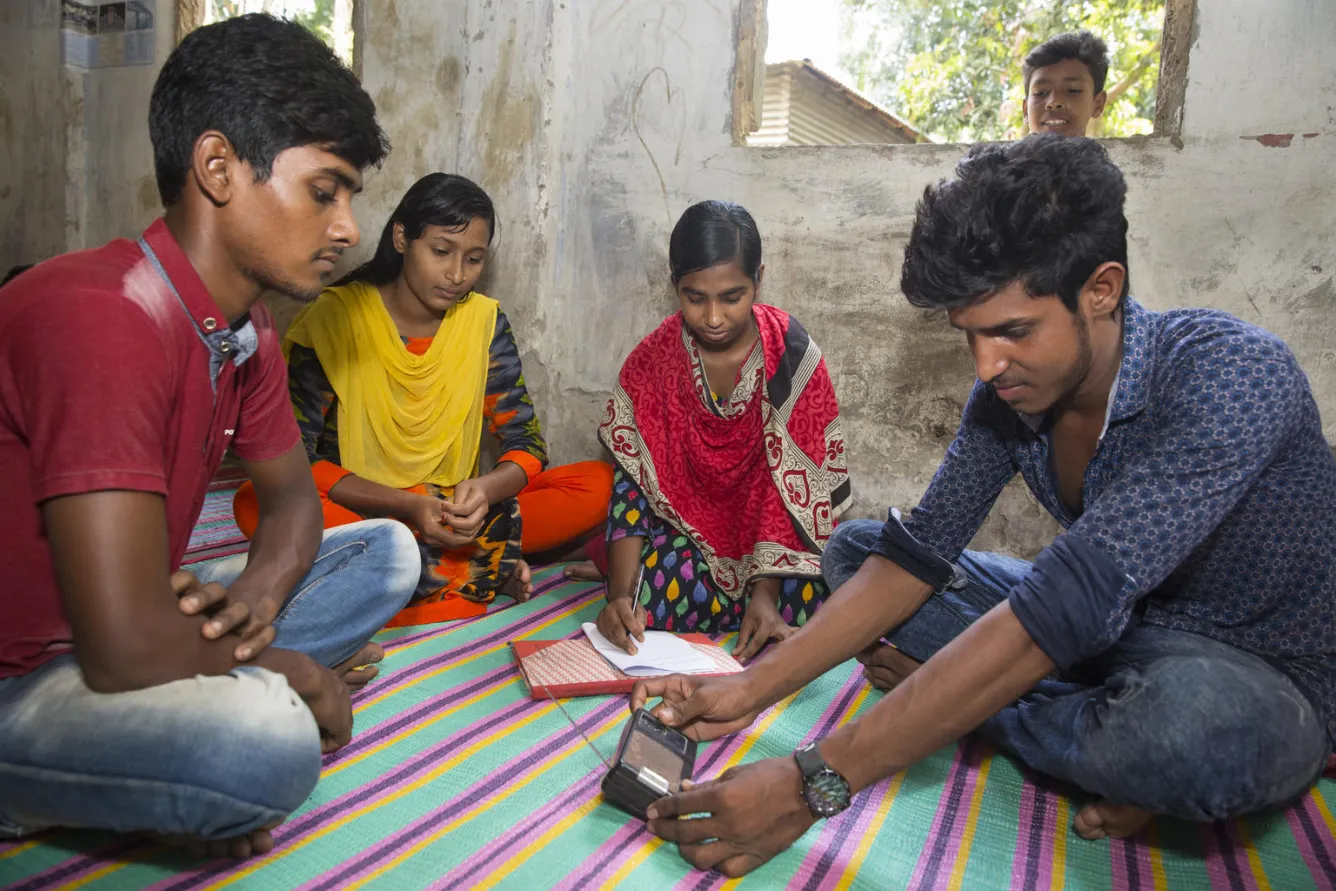
4. Gender Disparities in Child Labour
Child labour is more prevalent among boys than girls at every age. However, boys and girls are equally likely to be involved in child labour. Gender disparities are often observed in the type of activities, as girls are far more likely to be involved in unpaid household services.
5. Education can break the cycle of poverty
Providing safe, accessible and high-quality education encourages families to send working children to school. However, education programs for working children must acknowledge that these children often provide essential income for their families. Classes that are designed around the schedules of working children or that provide stipends to families for lost income, help children pursue learning without jeopardizing the financial security of the family.
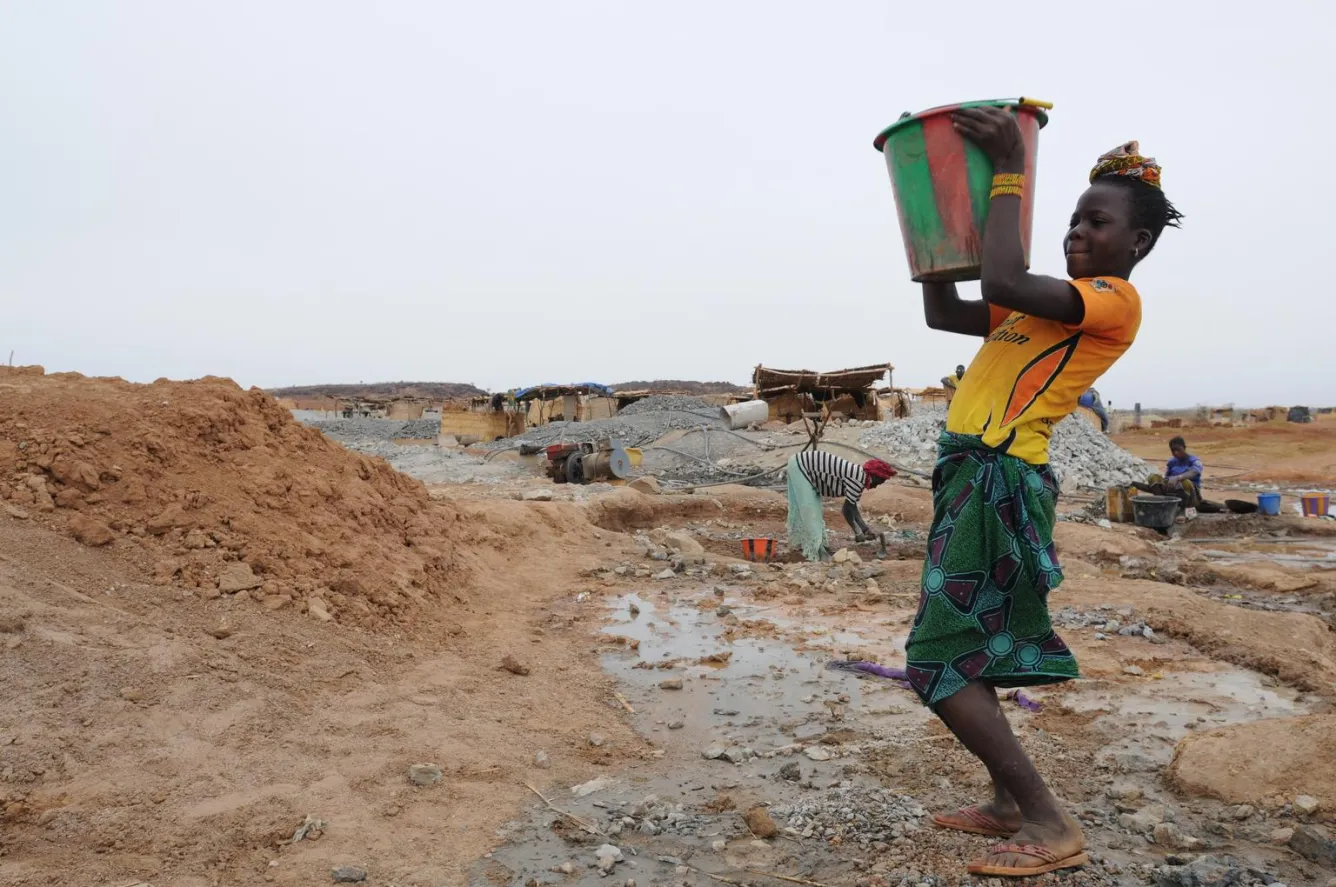
6. The world is committed to ending child labour by 2025
In 2015, UN member states adopted 17 Global Goals for sustainable development, including goal 8.7 to end all forms of forced labour, modern slavery and child labour by 2025. Eliminating child labour will help address poverty, strengthen economies and positively influence education, health and protection systems worldwide.
7. Canada has joined the fight against child labour
Canada has ratified the ILO’s Minimum Age Convention (ILO 138) to set the minimum age for work at 15 and prohibit hazardous work for young workers. This marks an important step in Canadian efforts to eliminate child labour, prioritize education and ensure appropriate employment for young people. Canada’s young people also have the right to protection from work that is unsafe or interferes with school, rest and healthy development while balancing the benefits of work.
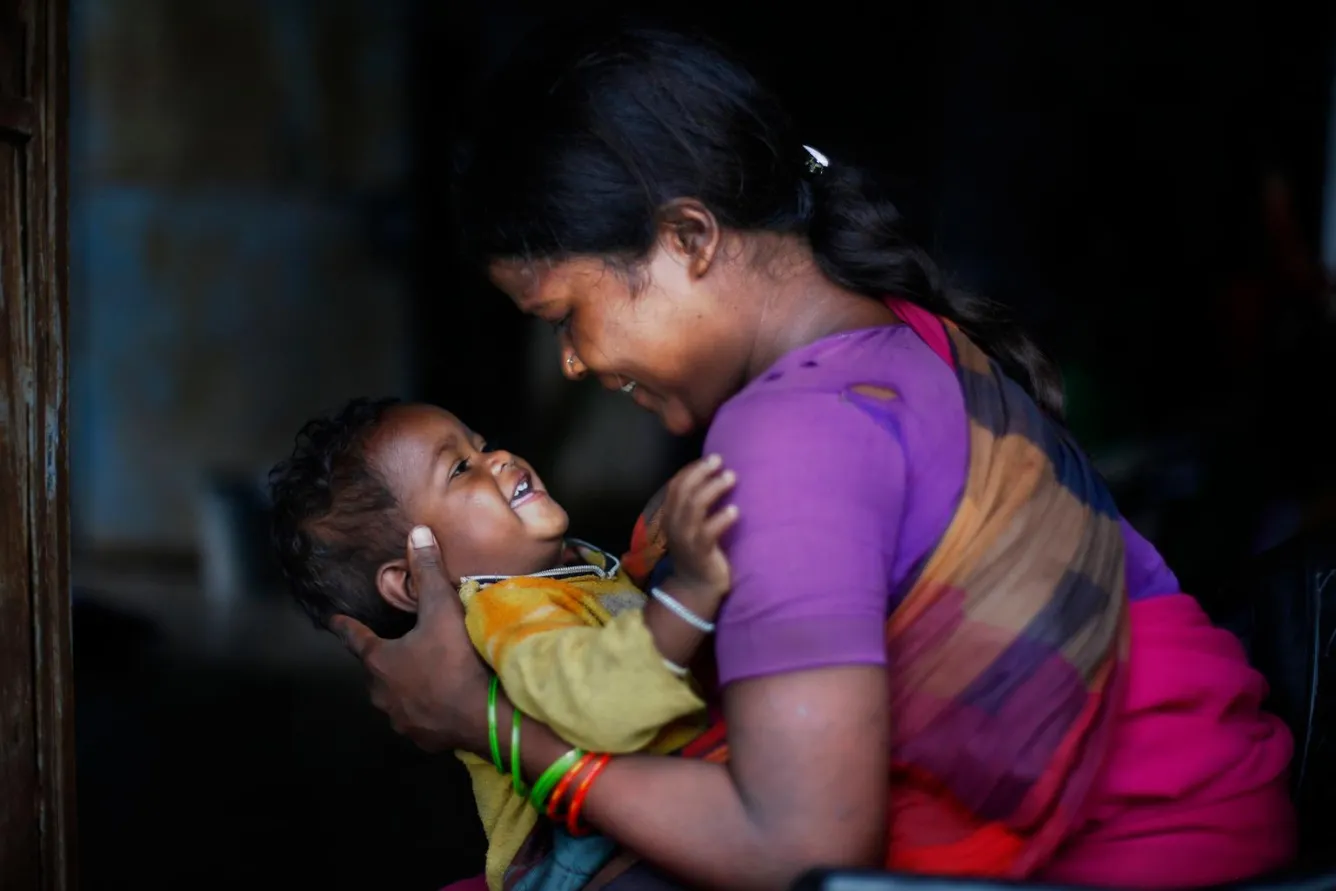
8. Communities can make a difference
Child labour starts and ends in communities. UNICEF supports communities in changing their cultural acceptance of child labour, while supporting strategies and programming to provide alternative income to families, access to childcare, quality education, and protective services.
9. Companies can make a difference
The private sector has a crucial role to play in eliminating child labour, which includes establishing legal supply chains and business practices, providing decent work for young workers and ensuring the protection and safety of children. Companies can adopt the Children’s Rights and Business Principles to respect and support children's rights.
10. You can make a difference
There are many ways for you to join the fight against child labour – from becoming an ethical consumer to helping to send children to school and supporting UNICEF to tackle the issue at its source. Every child has the right to a childhood - no exceptions.
